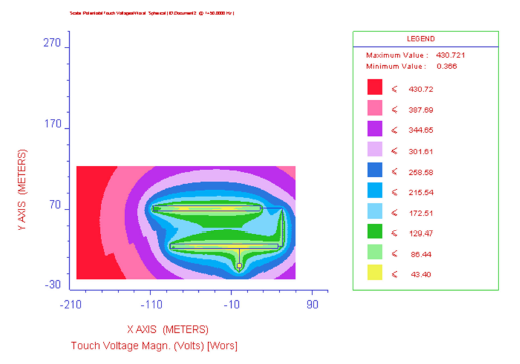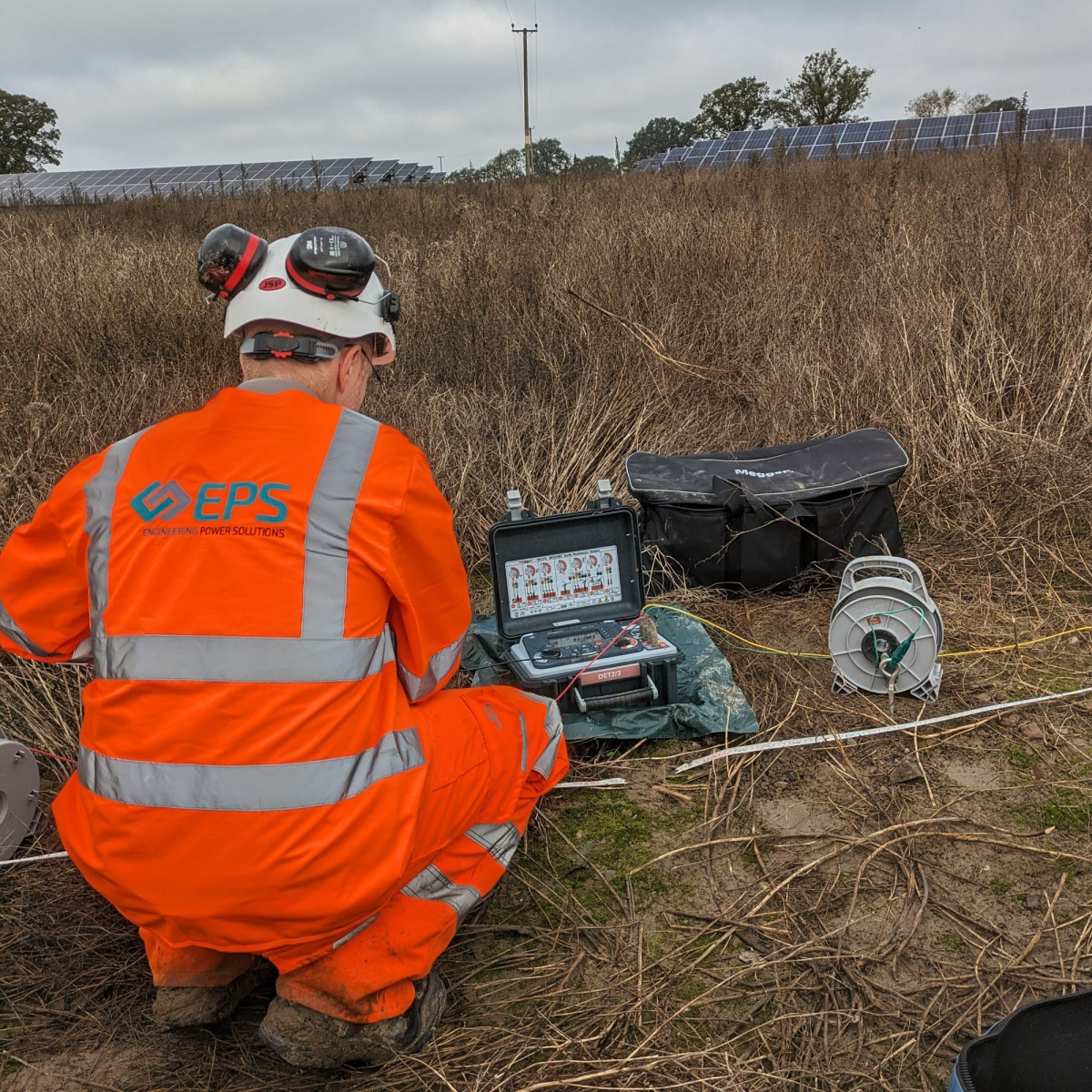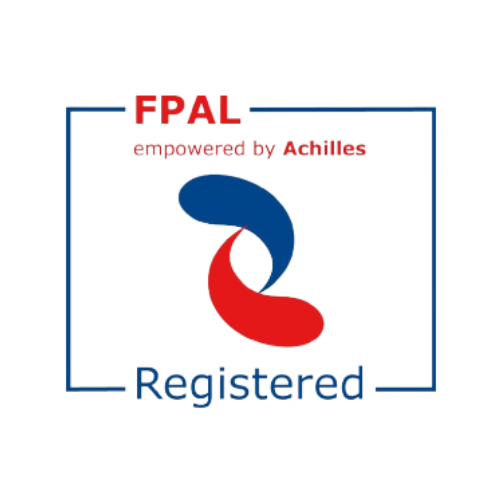Ensuring Safe and Reliable Earthing Systems
Innovative electrical earthing solutions for safety and compliance. At Engineering Power Solutions (EPS), we provide tailored earthing design services across the UK and beyond. Working as an extension of your electrical engineering department, we identify areas of electrical risk, protect critical power generation assets, and improve health and safety across your operations.

Our Capabilities
- Electrical Earthing System Design
- Soil Resistivity Testing
- Earth Rise Potential (EPR) Studies
- Touch & Step Voltage Calculations
- CAD Drawings & Earthing Layouts
- Stray Current Studies
- Earthing Policy Formulation
- Post-Construction Audits
- Fault Current Distribution Modelling
- Rise of Earth Potential (ROEP) Studies
- Onsite Fall of Potential (FOP) Measurements
- Interference Studies
- Onsite Surveys & Assessments
- Identification of Surface Voltages (‘Hot Zones’)
Comprehensive Earthing Design for All Environments
EPS’s earthing modelling & design services help ensure the safety and reliability of your energy projects. As a trusted partner, we’ll safeguard your workforce and electrical assets from faults and lightning strikes. Our power system consultants work to all relevant industry standards, and our processes are built around your requirements and site-specific conditions.










